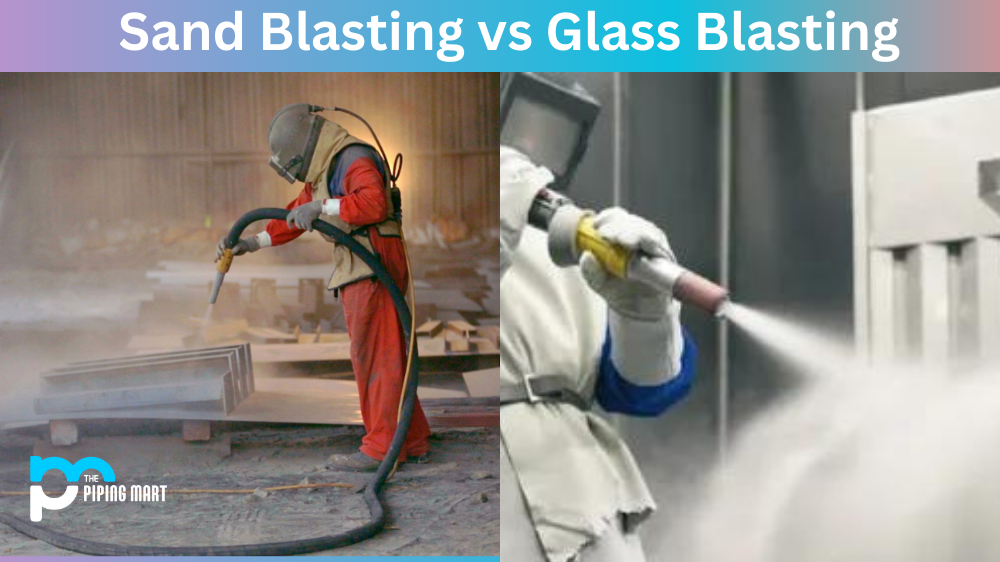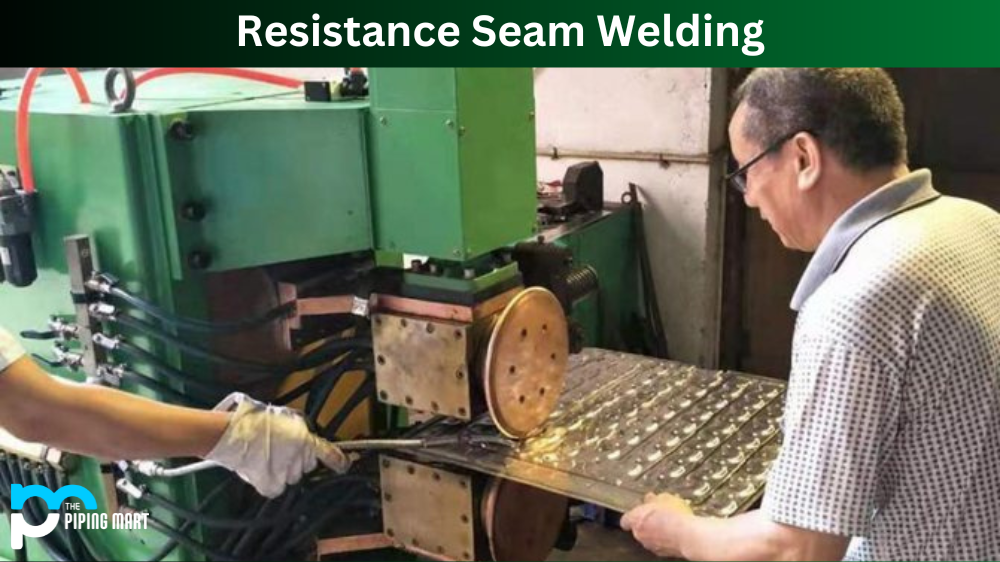Sandblasting and glass blasting are two of the most popular surface preparation methods. Both these techniques effectively remove rust, paint, and other contaminants from surfaces. However, some critical differences make them suitable for different projects. In this post, we’ll explore the pros and cons of sandblasting and Glass blasting to help you decide which technique to use for your next project.
What is Sand Blasting?
Sandblasting is one of the oldest and most commonly used surface preparation methods. It involves high-pressure air or water to propel abrasive particles onto the treated surface to remove coatings and other contaminants. Sandblasting is typically used for heavy-duty work, such as removing rust and paint from large surfaces like bridges, ships, and industrial machinery.
Pros
Sandblasting effectively removes tough coatings and contaminants from surfaces. This method is excellent for large-scale projects as it can cover a large area quickly. Sandblasting can also create a rough texture for painting, coating, and bonding surfaces.
Cons
Sandblasting can be very abrasive and may damage the treated surface, especially if it’s a delicate material like Glass or stone. The abrasive particles used in this technique can also pose a health hazard if inhaled, leading to lung damage and other respiratory problems.
What is Glass Blasting?
Glass blasting is an alternative to sandblasting that uses tiny glass beads instead of abrasive particles to remove coatings and contaminants from surfaces. Unlike sandblasting, glass blasting is less abrasive and produces less dust, making it a safer and cleaner alternative. Glass blasting is suitable for many projects, from removing paint from cars to polishing delicate surfaces like Glass and ceramics.
Pros
Glass blasting is environmentally friendly, as the glass beads used are recyclable. The technique produces less dust than sandblasting and is less hazardous to workers’ health. Glass blasting also offers superior precision, making it suitable for delicate materials like Glass, stone, and ceramics.
Cons
Glass blasting is less effective at removing tough coatings than sandblasting. This method may also take longer to complete a project since it requires careful preparation and attention to detail.
Sand Blasting vs Glass Blasting
When deciding between sandblasting and glass blasting, you must consider several factors, such as the type of project, the surface material being treated, and the desired outcome. For instance, sandblasting is ideal for heavy-duty work that requires fast and aggressive surface preparation, while glass blasting is better suited for smaller, more delicate surfaces.
If your project involves concrete, brick or steel structures requiring heavy-duty cleaning and coating removal, sandblasting may be the best option. However, glass blasting is ideal for working with Glass, ceramics, or other delicate surfaces.
Conclusion
In conclusion, sandblasting and glass blasting are both effective surface preparation methods with unique pros and cons. When choosing between these techniques, it’s essential to understand the specific requirements of your project and the materials being treated. While sandblasting is ideal for removing tough coatings from large surfaces, glass blasting is better suited for delicate fabrics like Glass and ceramics. Ultimately, the proper method depends on your specific needs and budget.

Meet Bhavesh, a seasoned blogger with a wealth of knowledge and experience. From metal products manufacturing to retail, Bhavesh has a diverse background in various industries and is dedicated to sharing his insights and expertise with readers.




